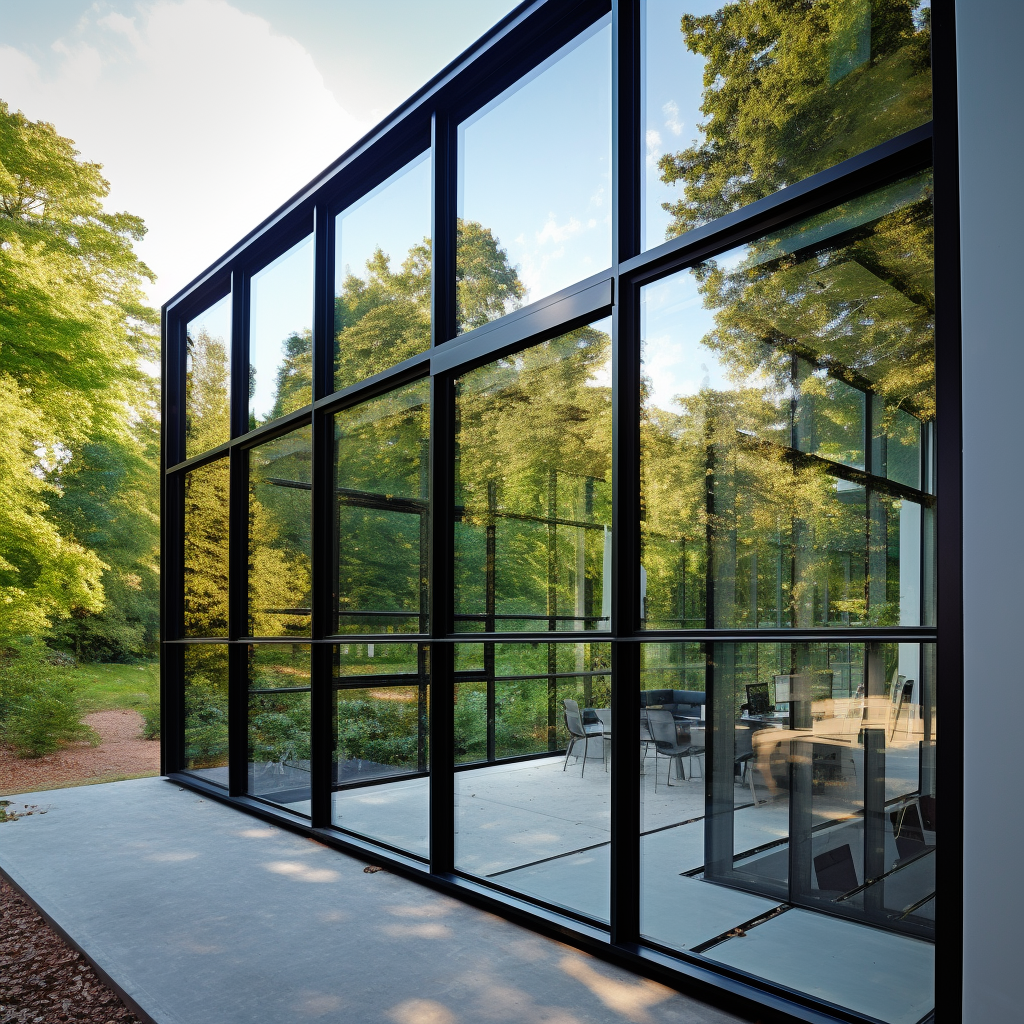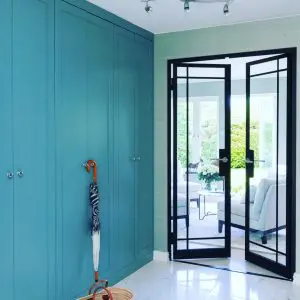Introduction
As climate change and environmental degradation loom ever larger, sustainability is no longer an option but a necessity. This urgency has triggered a massive shift in various industries, encouraging them to adopt more eco-friendly practices. One such industry that plays a significant role in sustainability efforts is the door and window industry. How? By investing in high-quality, sustainable materials that not only last longer but also contribute to energy efficiency. In this blog post, we’ll delve into how the industry is enhancing sustainability through the use of high-quality materials.
The Cost of Unsustainability
Before we explore the solutions, it’s crucial to understand the problem. Traditional materials like single-pane glass or wooden frames sourced from unsustainable forests have significant environmental impacts. They can contribute to deforestation, increased carbon footprint, and are often less energy-efficient. The low insulating properties of such materials can result in higher energy consumption, increasing both utility bills and greenhouse gas emissions.
The Shift Towards Sustainable Materials
Thankfully, the industry is evolving, and sustainable materials are increasingly coming to the forefront. Here are some of the standout materials that contribute to environmental sustainability:
Triple-Pane Glass
Compared to its single-pane counterpart, triple-pane glass significantly improves insulation, reducing the need for heating or cooling. These windows act as a barrier, trapping air or inert gases like Argon between the panes, which serves as an insulator.
Recycled Steel
Steel is incredibly durable and is one of the most recycled materials in the world. When used in window frames or doors, recycled steel extends the lifespan of these installations, reducing the frequency of replacements and thereby limiting waste.
FSC-Certified Wood
For those who prefer the classic aesthetic of wood, Forest Stewardship Council (FSC)-certified wood is a sustainable alternative. This certification ensures that the wood is sourced from responsibly managed forests, contributing to conservation efforts.
Composite Materials
Innovations in composite materials offer a blend of recycled wood fibers and plastic, providing the durability of steel and the natural look of wood. These materials are not only long-lasting but are also produced from recycled components.
Energy Efficiency: A Twin Benefit
High-quality materials don’t just improve sustainability by being eco-friendly; they also significantly boost energy efficiency. A well-insulated window or door can drastically cut down on energy usage, contributing to a smaller carbon footprint. Plus, with energy costs on the rise, using energy-efficient materials can result in substantial financial savings in the long run.
The Role of Certification
Third-party certifications like Energy Star or LEED (Leadership in Energy and Environmental Design) can serve as a reliable guide for consumers looking to make sustainable choices. These certifications set stringent criteria that products must meet, offering an unbiased, standardized measure of their sustainability and energy efficiency.
Conclusion
The door and window industry is at a pivotal juncture where it can significantly contribute to global sustainability efforts. By embracing high-quality, eco-friendly materials, the industry not only stands to reduce its environmental impact but also offers consumers durable and energy-efficient options. As awareness grows and technology continues to evolve, the integration of sustainable materials within this industry is not merely a trend but a long-term investment in our planet’s future.





